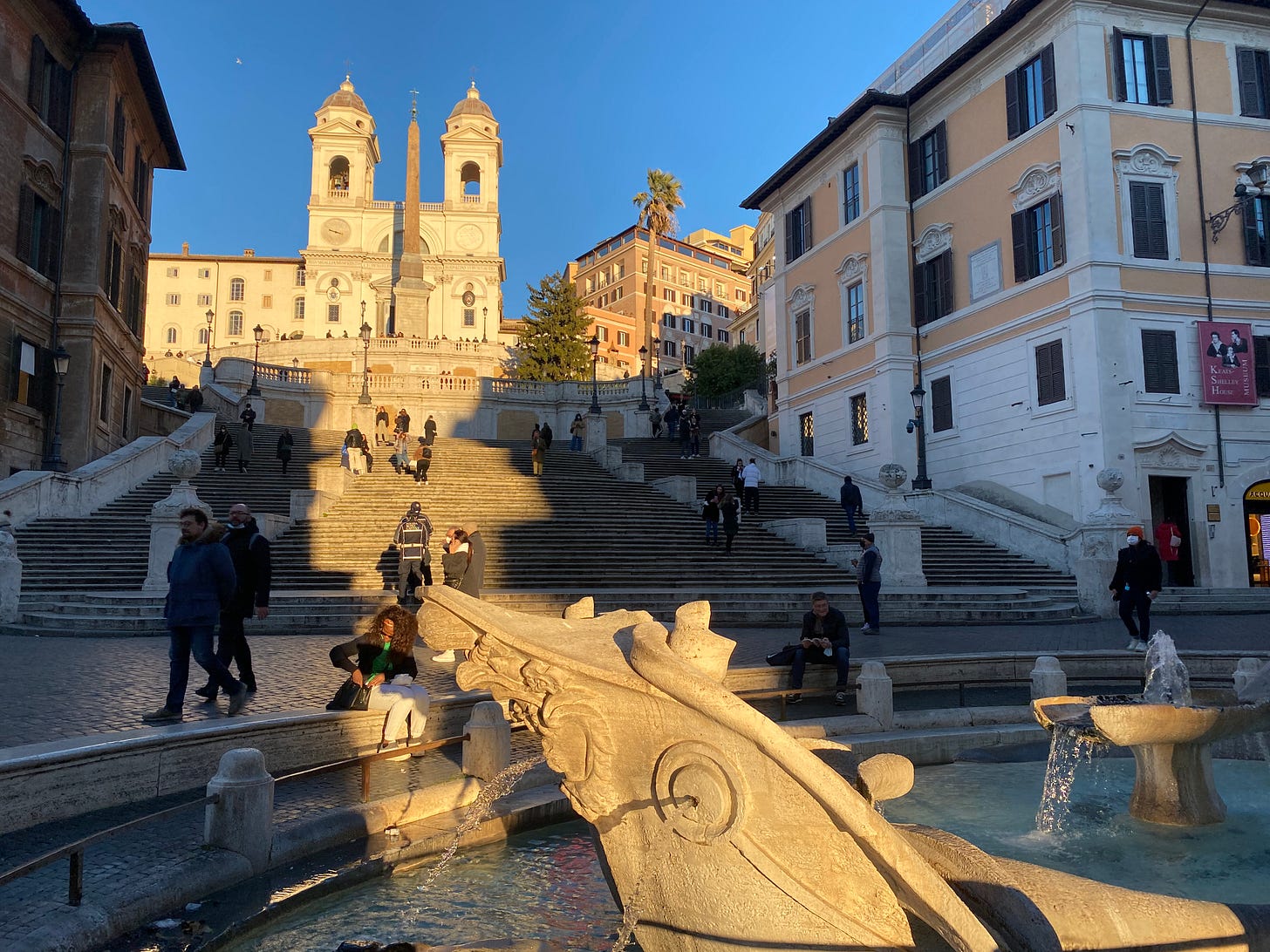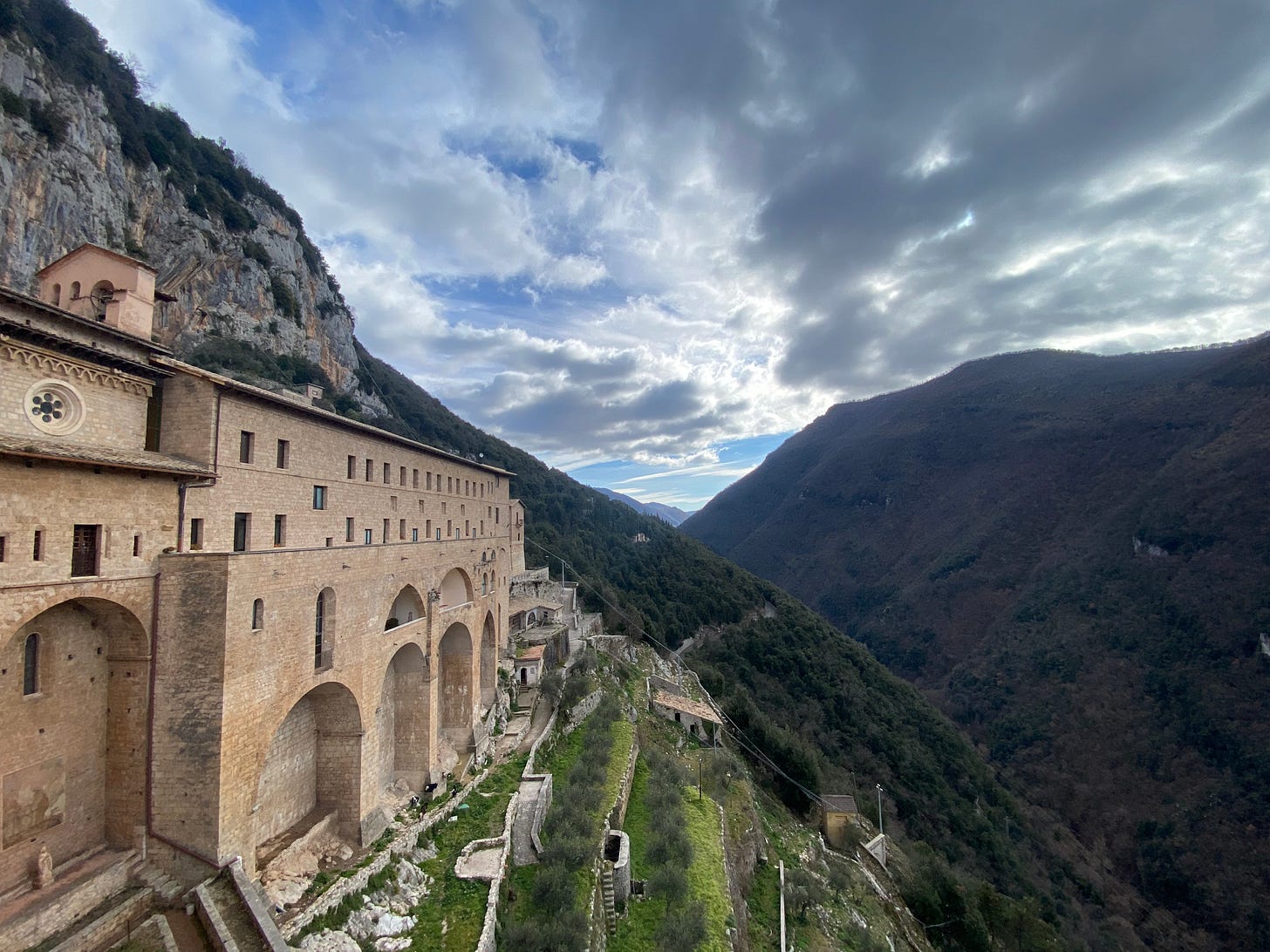February's monthly newsletter
On Saturday 29 January 2000, I took a one way Alitalia flight to Rome. I bought it from a travel agent, because we used to buy plane tickets in a shop. It cost £125. I vividly remember the giddy excitement of heading into the unknown, a frisson entirely inseparable from terror; the mellifluous rhythm of the air hostess’s “arrivederci” as I got off the plane; the bewildering battery of exotically unfamiliar typefaces as I tried to find my train.
I was twenty-two, had recently graduated from university, and had decided I wanted to spend six months in Italy while I worked out what to do afterwards. I’d like to say my motives were culturally noble but I think I just thought it would make me seem more interesting. I wanted to answer a mobile phone with the word “pronto” and ride a scooter more than anything especially erudite. Also the idea terrified me so that meant I knew I had to do it. So I told everyone I was going so that I had to, signed up for a month-long CELTA course to qualify to teach English as a foreign language, and got on a plane with a suitcase packed in perhaps 15 minutes. I didn’t have a mobile phone or a computer, spoke almost no Italian, and didn’t know a single person in Rome. In retrospect it seems quite mad.
That was twenty-two years ago which means I’ve now lived in Rome for half of my life. That feels like a significant milestone. The first year or so involved long tiresome days trekking on public transport in a sea of linguistic confusion. Language teaching isn’t exactly hard labour but I worked Monday to Saturday, left early and came back late, and was almost always lost. Twice a week I taught the extremely nice and avuncular Press Officer of Cinecittà Studios at 8 o’clock in the morning (a tram, two metros) before taking a metro, a proper train, a bus, and a walk along a hard shoulder to the bleak industrial hinterland of Avezzano.
As the chads in Florida hung in the balance, the world unwittingly on the brink of epochal change, I was reluctantly traipsing through Abruzzo to the Italian HQ of Texas Instruments to have my bottom pinched by a man more than old enough to know better (he was the only one of dozens and dozens of men I taught who behaved so abysmally). After six months I eventually ditched the language school with the absurd commutes and the low-level but dispiriting sexual harassment and found a far nicer one which promised me work in the centre of town. This was more like it, I thought, as I sashayed past the Pantheon on my way to teach irreproachably delightful ushers at the Senato della Repubblica. I was saluted by Corazzieri and shown the gardens of the Quirinal Palace by two of my gallant students who travelled everywhere with President Ciampi, before walking across town to Berlusconi’s television studios behind the ruins of the Aqua Claudia on the bucolic Caelian Hill.

Opposite those studios is one of my favourite Roman churches, Ss Giovanni e Paolo al Celio. First built at the tail end of the fourth century by a senator called Pammachius, the vast church is built on top of ancient buildings (Republican houses subsequently transformed into high density Imperial Roman apartment buildings before being converted again into large houses: the bell curve of ancient Rome’s population growth and fall in a single block). The buildings beneath provide a terrace upon which the church sits, jutting dramatically from the Caelian Hill. Separate from the church is its bell tower, resting on a corner of the base of the temple of the Divine Claudius. And in front of the church is where I used to sit, killing time between lessons by reading novels (because killing time was more productive in the past) before attempting to impart the present perfect continuous to the cheerful producers of an interminable tv show called Domenica In.
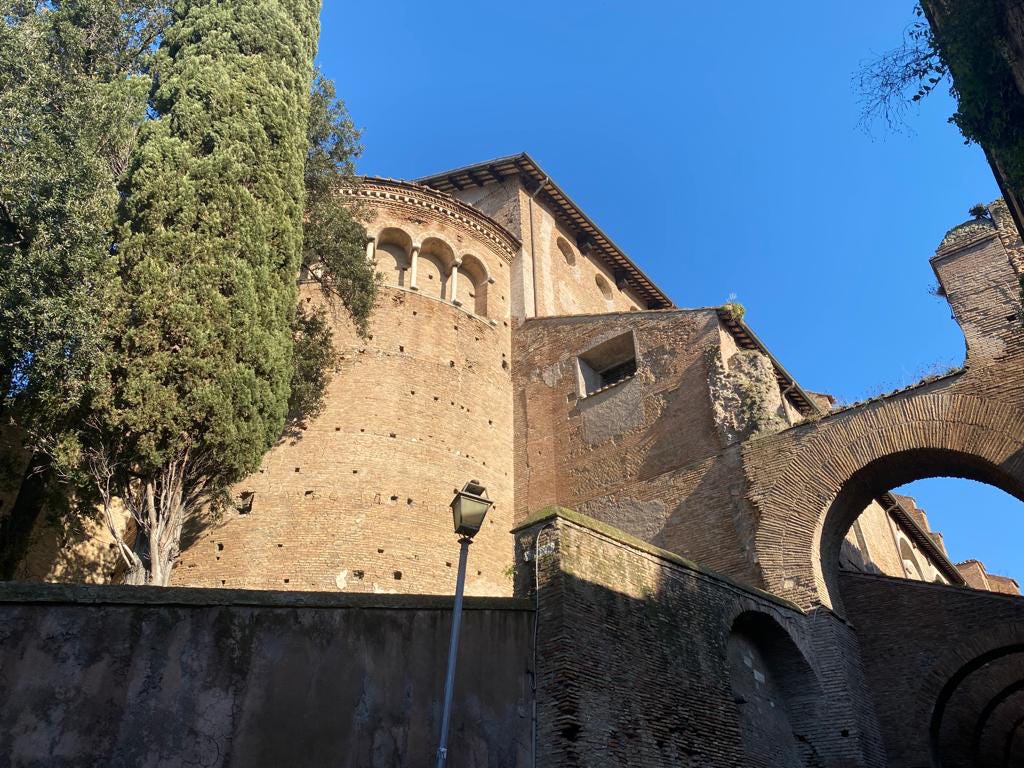
Half a lifetime later I still pass that church whenever I’m in the area and marvel at this extraordinary corner of Rome which (if one ignores the television studios happily hidden behind the aqueduct) I like to imagine looks rather as it would have done to a medieval pilgrim a millennium ago, a timeless bucolic corner of Rome a stone’s throw from the Colosseum.
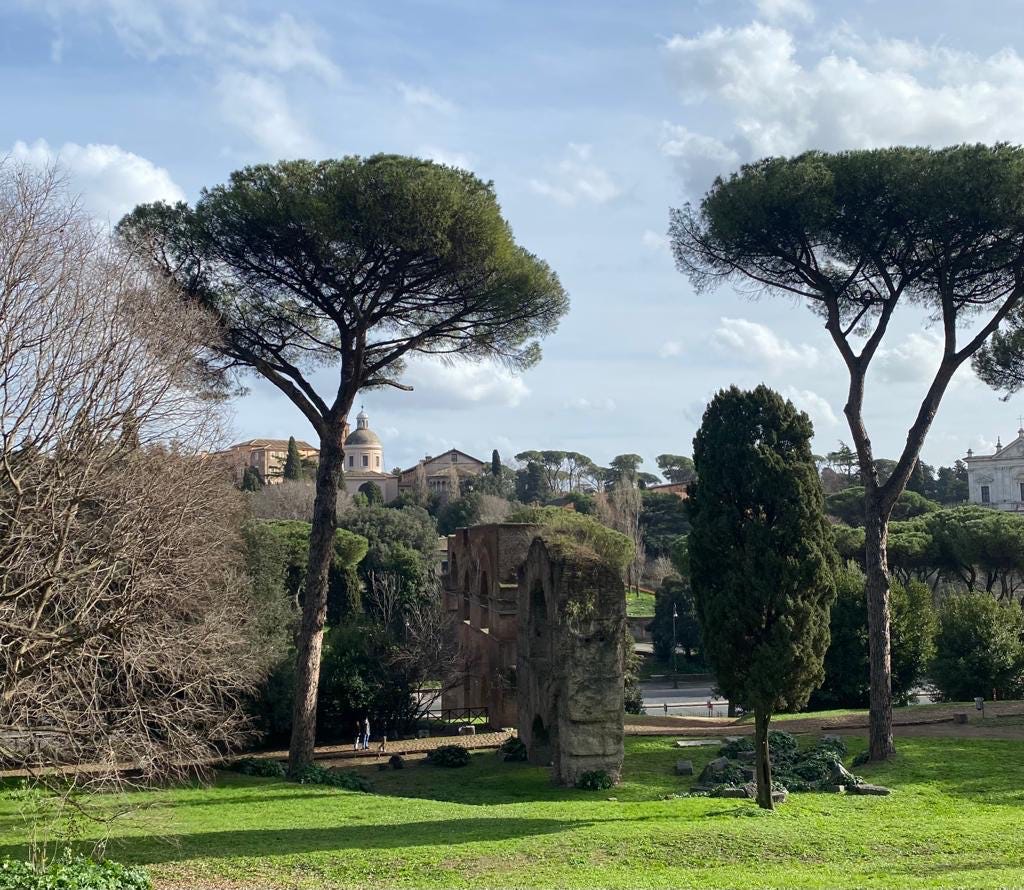
Just across the way the Palatine Hill is home to the tomb of Giacomo Boni, archeologist of the Forum and Palatine Hill and subject of a major exhibition across the Parco Archeologico del Colosseo at the moment. One of my online talks this month will be about his work in the Forum. The other will be about the Pinacoteca at the Vatican Museums, a gloriously old-school chronological gallop through the history of Italian art from the 11th to the 18th century and featuring, well, pretty much everyone you can think of. I’ll also be doing a live-streamed walk from the ancient Subura to the Quirinal Hill on Friday 18th February at 4.30pm Rome time. All details and dates can be found here.
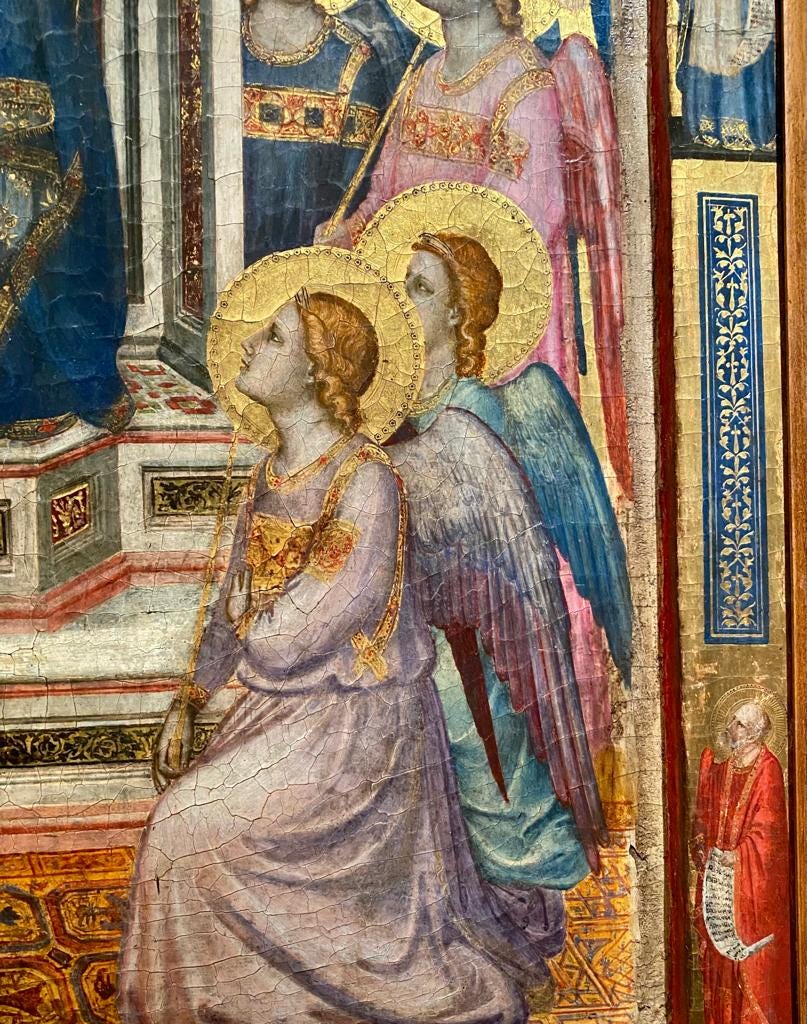
In March, Rachel Roddy and I will reprise our PASTA themed jaunt on Thursday 10 March (10am-c.3.30pm; €140 per person including all food and drink, max 10 participants, first come first served. Please email info@understandingrome.com to book). Once again we’ll be wandering from the Forum Boarium, the very heart of Rome’s ancient origins, across the Tiber Island where we can contemplate the flour mills that once lined the river, to Trastevere where we will take a look at a couple of excellent, and gastronomically relevant, churches, before returning over the river to Testaccio. As ever there will be tastings along the way, and a slap-up lunch in a local trattoria to conclude.
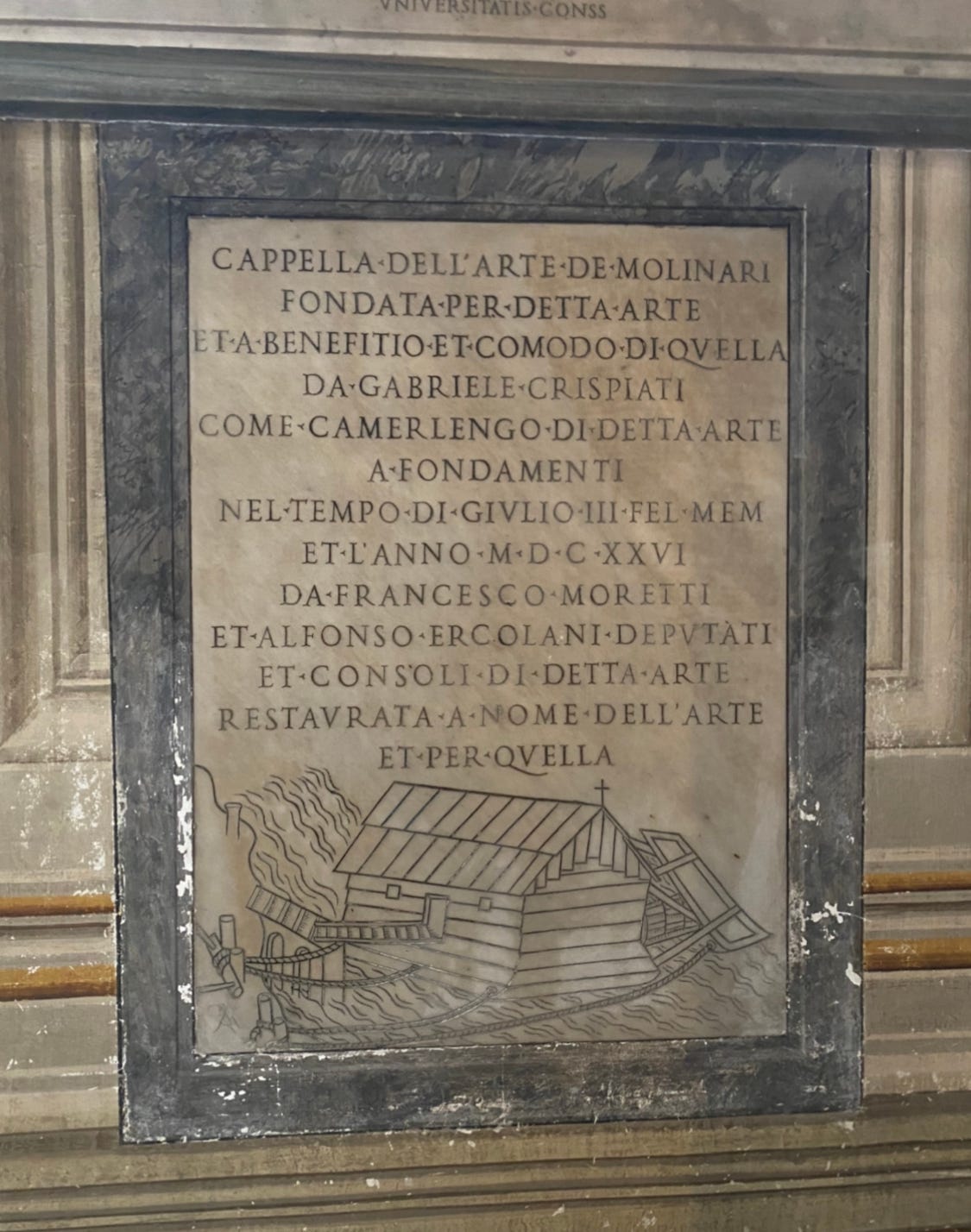
And finally, last month I moved my newsletter to Substack and added a “premium” option (€5/month or €50/year). Many thanks to all who’ve signed up already, your enthusiastic support is always greatly appreciated! These free monthly posts will be coming from here too so feel free to unsubscribe from Mailchimp. Apologies for the kerfuffle.
A subscription gives you access to the full archive of posts as they grow (at least three written posts a month) and a podcast with fifteen minute episodes which will seek to trace a thread of Rome’s history focusing on one place or artefact at a time. I’ve removed the paywall from the first episode. It talks about the Temple of Hercules Victor and is called “Before the Beginning”. It features Hercules, Aeneas, Evander, the monstrous Cacus, and Romulus and Remus. I hope you like it.
Many thanks, and very best wishes from Rome,
Agnes


